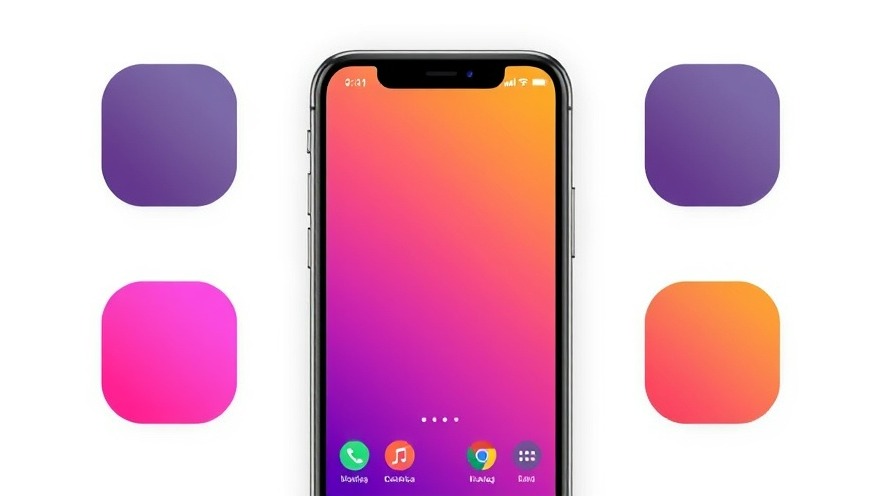
Embracing the Rounded Revolution
In the fast-evolving world of design, rounded corners have transformed from mere aesthetics to a critical interface element, creating user experiences that resonate on an emotional level. Franchisors, in particular, can benefit from understanding how design choices impact brand perception. By integrating softer UI elements, businesses signal friendliness and reliability, which can enhance franchisee engagements.
The Shift from Brutalism to Comfort
The journey from straightforward, angular interfaces to the soft embrace of rounded corners reflects a broader cultural shift in how brands communicate with consumers. While brutalist design prioritized functionality with sharp edges and efficient layouts, contemporary preferences lean towards inviting and approachable visuals. This transformation is pivotal for franchisors seeking to project warmth and accessibility in their brand identity.
Creating Brand Trust through Design
Rounded corners are not just a design flourish; they serve as a visual cue, reinforcing trust. Simply put, soft edges evoke a sense of safety. For franchisors, this means that adopting modern design trends can lead to improved customer trust and loyalty across various touchpoints. As franchises expand and diversify, investing in rounded UI elements can ensure a consistent brand experience that feels inviting to potential customers.
Future Opportunities in Design Strategy
The rise of rounded corners suggests the potential for future design trends that prioritize emotional connections over mere aesthetics. Franchisors can stay ahead of the curve by continuously exploring design modifications that resonate with their target audiences. Embracing elements such as pastel colors and gentle transitions can elevate user engagement, making interfaces less intimidating and more relatable.
Why Rounded Corners Matter for Franchise Success
In an era where digital interactions are integral, understanding the impact of design can be a game changer. Rounded corners symbolize a shift towards inclusivity in brand messaging. For franchisors, adopting soft UI strategies could very well be the key to enhancing franchisee performance and operational efficiency. It’s about creating environments—both physical and digital—that feel supportive and established.
Actionable Insights for Franchisees
To harness the rounded corner revolution, franchisors should consider revising their design systems: update brand guidelines to encourage softer edges, test user reactions to new design prototypes, and gather feedback from franchisees on usability. Communicating these changes effectively can foster a collaborative environment where all participants feel valued.
As we navigate a world where design conveys messages beyond words, franchisors and franchisees alike must adapt to evolving preferences. Rounded corners represent a small yet profound step toward building brand loyalty and trust, particularly in competitive markets.
 Add Row
Add Row  Add
Add 




Write A Comment